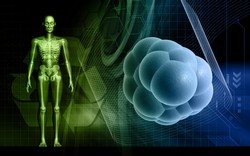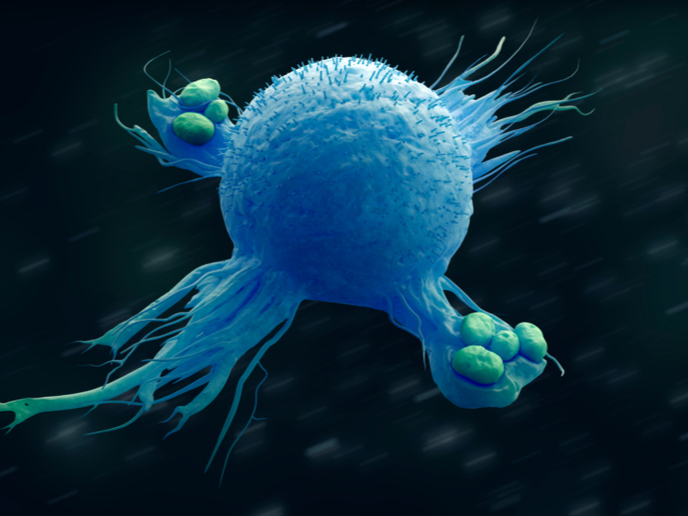Bioreactor for human stem cell culture
SC-based technology is very important for future therapy and has already shown efficacy in clinical trials. To address life threatening diseases via cell therapy, new methods to increase the manufacturing capability of SCs under controlled conditions are urgently needed. The EU-funded HESUB(opens in new window) (High efficient, single-use-bioreactor simulating mammalian tissue conditions for expression and proliferation) project developed disposable bioreactors for SC production. The three-year project involved five industrial partners from four European countries. HESUB designed and successfully developed two versions of the perfused single-use-bioreactor (SUB) for human SC culture. The reactors are equipped with electrospun nanofiber (ENF) scaffold made from biocompatible and biodegradable polymer. Single use sensors measure pH and dissolved oxygen concentration and detect metabolites, glucose, lactate and ammonia. The ENF scaffold chemistry and architecture were optimised for culture in the perfused bioreactor. Researchers then tested five biodegradable polymers for ENF preparation. The two versions of bioreactors differ in volume. The 5-mL stainless steel mini-bioreactors are highly reproducible systems that can easily be used in parallel. The 50-ml bioreactor, called SUB-SC, is a single-use bioreactor for cell production at a larger scale. Experiments in mini-bioreactors successfully demonstrated proliferation and differentiation of human myogenic precursor SCs. In addition, the project tested differentiation of human embryonic SCs (hESCs) into neural cells and hepatic cells. Proliferation of pluripotent hESCs clearly demonstrated the bioreactor's potential. The processes developed in the mini-bioreactors were applied to the SUB-SC bioreactor for the expansion of myogenic precursors. An open platform for the monitoring and control of the SUB-SC bioreactor enables its integration into any instrumentation and control systems. HESUB demonstrated proof-of-concept for SUB-SC utility in cell therapy with the successful production of human myogenic SC precursors. In addition, HESUB also enabled the production of tailored organoid grafts using ENF and cultured SCs. Development of a commercially available SUB-SC would facilitate the development of cell therapy applications with benefits for all.







